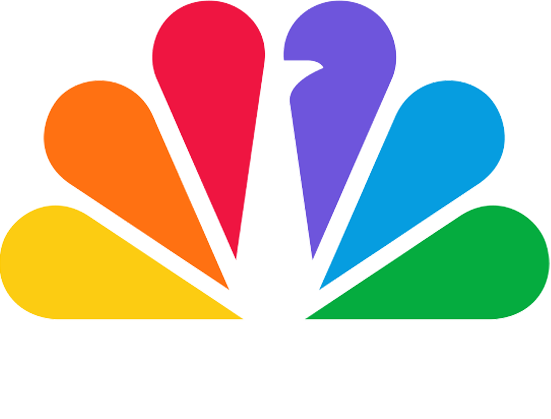Below is the transcript of a CNBC interview with Pat Gelsinger, CEO, VMWare. The interview played out in CNBC’s latest episode of Managing Asia on 21 August 2020, 5.30PM SG/HK (in APAC). If you choose to use anything, please attribute to CNBC and Christine Tan.
Christine (CT): Mr. Gelsinger, thank you so much for coming on to talk to me. You’ve described the pandemic as a “black swan” event. Does this forever change the future of work? Is the shift permanent?
Pat Gelsinger (PG): I’ve described it that way because it’s so many aspects. Some have said, hey, it was predicted, we’ve underestimated the impacts of global health and the risk of pandemic. But, on the other hand, so many things are changing so rapidly as a result: economically, geopolitically, societal changes all of a sudden. I’ve said that, sometimes it takes a decade to make a week of progress, sometimes it takes a week and you make a decade of progress. That’s kind of the transition that we’ve seen. In human history, we’ve never seen such an enormous migration of the workforce in such a short period of time. That’s why I say it’s a “black swan”. We’ll never educate the same, we’ll never provide healthcare the same and we’ll never work the same, as we make some fundamental permanent shifts in all aspects of society, how we work, learn, live and worship.
CT: It’s a pretty great change in such a short period of time, were your customers actually prepared? What were some of the challenges they faced responding and adapting to these changes?
PG: I think everybody was a little bit surprised at how well our I.T. systems worked and the ability for people to distribute so rapidly. We had some customers who maybe had 100 or 200 people working remotely, all of a sudden, they had 130,000 people working remotely in just a couple of weeks. It’s just amazing how rapidly. One of our customers I was just talking to him a couple of weeks ago, he said the Board of Directors brought him in and gave him a round of standing applause, for just how well they were able to respond. When was the last time the CIO ever got standing applause from the Board of Directors? It’s like never! Clearly, we view ourselves as a critical infrastructure fighter to the critical services of the world. For the most part, our IT systems or networks have worked through this transition. Now, in some cases, it’s herculean steps to get there. But at the end of the day, people were able to continue to work, businesses continue to run, really quite a testament of the I.T. and technology investments that have been made over the last several years.
CT: It’s been more than six months since the pandemic started, have your customers totally figured out how to work efficiently and productively from home?
PG: We’ve called it ‘respond’ – sort of this first phase, adapt and accelerate. I would say for the most part, we’re past the respond phase. People have sort of figured it out. But all of a sudden, now they’re needing to adapt – we’re going to be here a while, with deployed therapeutics and vaccines still a ways to go. So, they say, boy, all of a sudden, I have to think about my security posture, how do I make my remote workforce more efficient, how do I do collaboration when people aren’t meeting together around the coffee machine? They’re also then saying, how do I accelerate? One of my favorite management quotes is Winston Churchill’s “never waste a good crisis.” So, how do we use it to accelerate to the future? How do we build back better? How do we use it as a catalyst to move our businesses forward? That’s the sort of the next phase, we say the third phase of this – an acceleration to the digital future for your business and how you serve and support your customers.
CT: It sounds like you’re telling me that this shift is permanent. So, what exactly does that mean, for commercial real estate and property? Do you see a long-term impact when it comes to demand for office space?
PG: As we’ve been thinking about it, we call it our workforce 2.0. What does it look like in the pandemic? Before the pandemic, if I just use VMware as an example, we were about 20% work from home of our personnel. We, of course, shifted to 97%. We’re slowly opening offices and today, we’re 92, 93%. And I’ve described that we’ll probably have our new normal being 50 or 60%, That’s a major shift, tripling of that workforce. We’re going to close some of our small remote offices. We’re going to have our central campuses shift from being what I call hotels for offices, becoming centers for collaboration. So, it’s going to, I think, decrease overall the amount of commercial real estate requirement, because people are going to say, boy, I don’t need small offices. There are more of my workforces working from home. It’s also going to change the nature of those centers. I’ll say I’m going to have fewer centers but they’re going to be these points of collaboration where teams come together to innovate together, to build culture together, to celebrate together. No more will we going to have the dedicated office space, it’s much going to be places for our teams to come together.
CT: VMware reported a strong first quarter fiscal 2020. Despite a pandemic, revenue was up 12%. But you’re not giving any guidance. What are you seeing right now that’s clouding your visibility?
PG: I think everybody is sort of like wow, this is the most significant economic impact in the shortest period of time since the Great Depression. Wow, how can you look at that? I think anybody who says they know what the future is, doesn’t know what they’re talking about, right? It is just that uncertain. In fact, I was on a call with a number of CEOs and one of the top five U.S. bank CEOs started to give the economic forecast and he was obviously reading from his own bank’s guidance. This is what they do. About halfway through the update, he stopped himself and said, I don’t agree with that. Oh, that’s my bank’s forecast, I can’t say I disagree with our own bank’s forecast. But it’s so uncertain. So, we’ve said for the year and as we look at the economic period, we expect that there’s going to be lots of choppiness looking for different industries having success and not so much success, different geographies, countries. Some are going to start opening and going to close, so it’s just going to be very uncertain at this period of time. We’ve also said that we expect a swoosh. Q2 and Q3 being the most difficult quarters, Q4 being better, Q1 being better and Q2 next year sort of getting us back to where we were at Q1 of this year. So, that’s why we withdrew our guidance and that’s why we said it’s going to be uncertain. But I was super proud of our teams for our Q1 performance. Obviously, we’re in the quiet period now for our Q2, so I can’t make any other comments at this time, but we expect that we’re going to be doing well as we service our customers. We’re going to be riding out this period, we’ve taken some belt cut, tightening measures to manage our expenses very carefully through this period of time. But we also view it as a period as: tough times are when great companies create more distance between them and their competitors. That’s why I view this period of time for me as a CEO, we’re going to be faster to the future, we’re going to embrace the crisis and not waste one minute of this period that we’re in.
CT: Let’s talk more about those cost reduction measures, are you doing it out of prudence or do you expect things to get much worse from here?
PG: We’ve built an economic model, sort of along the lines of the swoosh as I described it, and then we took a set of belt-tightening measures so that we could continue to hire, continue to acquire, continue to pose good profits to the Street, but also give ourselves buffer room because it is so uncertain as well. So, executive pay cuts, we’ve held back bonuses, some of our other programs, such as promotions. And so far, I think all the steps that we’ve taken, you know, have proven to be wise so far, and we’ve seen others in the industry follow our lead. So, I feel like we’ve been on our front foot throughout this period of challenge.
CT: A lot of telcos are using your cloud platform to build their next generation 5G wireless networks. To what extent is the pandemic accelerating cloud migration?
PG: Clearly, there are maybe three thoughts to think about. One is on-premise data centers versus cloud. Everybody who needed to run an on-premise data center still needs to run one. However, they also said, we already had cloud migration projects that were on the books, underway, so relatively speaking, the crisis has accelerated their cloud migration efforts. As a result, we’re seeing those portions of our business, our SaaS and cloud portions of our business just going faster in this period of time. I think we’ve seen that across the industry, people said, I can’t get into my data centers, I can’t do some of those projects that I might have had, so on-premise businesses are being more impacted where the cloud businesses are being accelerated. We’ve certainly seen that in our business. Also, we’re seeing – on the telco and 5G discussion that this is a period of investment. If anything, people have looked at what’s happened over the COVID crisis, our communication systems are more critical than ever. They’ve held up well, but now, people are leaning in with more passion, more aggression into their 5G build out. We’ve been very fortunate we made this bet about three years ago to start building what we call the telco cloud. At VMware, we’re out to be the operating system of the 5G world, that we’re changing the model for how 5G networks are being built and operated. We announced Dish here in the U.S. is building a greenfield 5G environment with VMware as the 5G operating system inside of that. So, we’re making just one by one incremental service providers are building their 5G architectures around the VMware platform. So, we’ve been honored to see some of that momentum and looking forward to having some great examples there in APJ in the near future – Asia, Singapore, Australia. We’re just having good momentum in that area of our business.
CT: We can’t talk 5G unless we talk about Huawei which is now in the center of this U.S.-China trade war. It’s really splitting 5G into two camps. As a technology vendor, how big a challenge is it to operate in this dual world structure when it comes to building out your supply chains and really ensuring compliance with both countries?
PG: Well, that’s what we’re very excited about. The Dish announcement that I was just referring to was a great example of that, where the 5G world is an inflection point, not just in technology but also the architecture of how the network itself is built. Networks up to now have been built largely like data centers were built 20 years ago. You have one vendor doing the hardware, the operating system and the applications – a silo. Today, there’s Huawei, Nokia, Ericsson, Samsung are building those solutions and that’s the 4G and LTE world. But we’ve said that 5G will be built like that clouds, like data centers are built today, where you have standardized hardware with an operating system and then the applications sitting on top of it. It’s a horizontal model versus this vertical silo model of today. That’s exactly what we’re doing. Vodafone for instance in Europe has bet big on VMware. Dish this last week doing that for both the core as well as the radio access network. So, we’re now saying we have a new way to build 5G that isn’t dependent on Huawei, Ericsson, Nokia. It creates a broad ecosystem. So, this is a major, major shift and we believe now one by one, we’re seeing service providers around the world realizing that, oh, we can do it a different way. In the middle of this battle of Huawei and China, we think this new model of software, cloud, silicon-based applications, being able to satisfy the telco cloud is really a breakthrough that will change, not just how service providers operate but also shift the balance of the entire geopolitical conversation that’s been going on between U.S. and China. This is a big deal.
CT: Let’s talk more about that battle because the U.S. government has really made it very difficult for U.S. tech companies like yourself to work freely with Huawei. There have been conditions and exemptions as well. What sort of working business relationship do you have with Huawei now?
PG: We have a solid position in China. Chinese customers use VMware products. I have teams in Beijing, Singapore, sales teams across the country. Our specific business with Huawei is very small for the aspects as we said, because of the U.S.-China situation that’s there. But we’re highly committed to the Chinese marketplace and service the Chinese customers of VMware. We believe very much that the U.S. government wants U.S. companies like VMware to be strong suppliers to the Chinese market as well, such a big important marketplace. But we’re also obeying the laws – obeying the laws of China as we work with the Chinese companies, we are also obeying the U.S. laws. So, it creates, I’ll say, some careful navigation to make sure that we’re servicing customers, meeting the laws of both countries and still being able to move our business forward. But of course, anytime, anytime I’m talking to someone in Singapore, I say, Singapore is the master of managing that balance, because that’s essentially what the country has done, specifically, on how to manage between the two worlds and to some degree, I think every company who’s trying to be a global company like we are needs to learn from the mastery of Lee Kuan Yew, as well as how Singapore has managed this careful balance between the geo-political battles. We don’t expect it to go away overnight. It’s not like some surprise it’s going to happen here. On the other side of the U.S. elections, we think there’s quite bipartisan support on this topic as well. So, I think it’s going to persist for a good period of time into the future. So, learning the lessons that Singapore has mastered I think is beneficial for all of us in the business world.
CT: We are watching what’s happening with the US China trade. The US appears to be stepping up his rhetoric whether it’s trade or politics, stepping up his rhetoric against China. As a U.S. technology company operating and doing business in China, do you worry about an anti-U.S. backlash?
PG: Of course, and I think everybody has to watch this rhetoric in this balance as it escalates, not just obeying the laws but also the right way to position yourself in this discussion. Clearly, different countries are being affected by this. The conversation we were just having around the telco cloud and the VMware role in the 5G rollout, we’re getting excitement from countries because they say, oh, this is a great approach that helps us navigate between these forces that likely are going to be more separate, not less in the future. So, I believe everybody needs to be navigating carefully because we don’t expect this to dissipate quickly. But we all also are believing that free trade, that technology is a global leveler, that the core of what we do as a business helps to bring people, nations, governments and technologies together over time. We believe that will be the right approach, even though I’m not optimistic that this is a short-term situation.
CT: Let’s talk about Dell’s ownership of VMware because they own about 81% of VMware, and I understand they are looking or considering to spinoff that stake. What’s the latest?
PG: Obviously, this is part of the U.S. tax law for an acquisition is that the five-year mark of a major acquisition such as Dell and EMC, in that five-year anniversary be September of next year, there is this potential of a tax-free spin-off. Essentially, VMware being spun to the shareholders, which could be a very positive event for equity holders, reducing the Dell debt, which they believe is one of the detriments of Dell trading well. Also, being able to move from an 80%-owned company to an all publicly traded company also was seen as a very positive thing for the VMware shareholder.
CT: What does that independence bring? I mean, it would certainly simplify your capital structure for one thing, but will you still have that very powerful strategic relationship with Dell?
PG: That’s certainly some of the discussions that we’re having with Dell as we speak, because we’ve seen that we’ve been able to do incredibly good things together. VMware has been able to pursue independent partnerships such as we’ve done with the cloud vendors. Our partnership with Amazon, Azure and Google have clearly been ones where, ha, it doesn’t necessarily help the Dell business, in fact, it might hurt the Dell business, but we’ve been able to execute our ecosystem. But we’ve also been able to do incredibly good things in partnership with Dell.
CT: So, you and Michael Dell are on the same page here?
PG: Yes, very much so. Michael and I, we have discussed the topic carefully. A lot of work, a lot of business agreements, legal agreements to work out between the two firms before any such thing is possible. But the teams are off working to see if there’s opportunity here. Yeah, we’re on the same page to go pursue this.
CT: As CEO of VMware, you have a global workforce of 31,000 people spread all across the world. How much has the pandemic cut down on your business travel? When was the last time you got yourself on a plane?
PG: I haven’t been on a plane since March. So, we’ve seen a dramatic reduction in travel across the company. At the same time, we’ve actually increased the amount of interactions, we’ve continued to see our productivity be very positive. So far since the pandemic came out, I’ve had 600 customer interactions, right, which is just crazy. And as I’ve interacted with hundreds of CEOs since the pandemic, almost every industry has said the same thing, that their efficiency metrics haven’t diminished, they’ve improved. But then you think about them at the individual level, ah, you don’t need to commute each day. You have less carbon footprint. You’re spending more time with your family and your kids and seeing them more often as well.
CT: You are throwing away your home chart?
PG: Well, my wife and I… I don’t think I get a point for tonight. But we’re having dinner, we take walks all the time together now. So, there’s many aspects. I say boy, you know, sometimes I just tell as I come into some of the group meetings, my staff meetings, I feel like I just need a hug from some of you, sort of be together. But at the same time, people have made the adjustments. There are losses but also great gains of this environment that we’re in.
CT: So, these virtual meetings that you have, how exactly do you adjust to the different time zones? Like for instance, I’m in Asia right now I’m talking to you in the U.S. and it’s 1030pm your time?
PG: Well, what I find is I usually take a week to be on Europe time. So, I’m getting up extra early and having meetings and then ending my days late or early. I have my weeks that I’m on Asia time, where I start later and then go much later into the evenings. Sort of taking a week – Oh, this is a Europe week. This is an Asia week. Of course, sometimes they sort of blur together a little bit of time, but you also have to be fairly disciplined.
CT: Do you get your meetings mixed up because you don’t know what time zone you’re in?
PG: Oh, sometimes. Sometimes. But I didn’t get in a plane and suffer jetlag, right. I didn’t spend 20 hours flying and traveling. So, I’m ready to have a day where okay, I’m getting up at 3am, that’s a whole lot better than if I was traveling to Europe and hopping between countries. So, in many aspects, I think, yeah… I have to make some adjustments to my lifestyle to make it work, but there are so many good things that have emerged as a result as well.
CT: You were voted America’s best CEO last year. What do you think it takes to be a good leader in these challenging times?
PG: I’ve described what I’ve called the Five “L”s of leadership. I say leaders lift their organization. You raise the countenance of the organization. People say, huh, it looks pretty ugly around here, but the CEO, he looks pretty happy, huh, things must be better than I thought. He knows more than I did. So, you lift the organization. You also listen. Particularly in periods of time, people want to be heard. They want more communication, not less. Leaders also link, you’re connecting your organization, you’re bringing teams together, you’re demanding teamwork amongst your organization. You learn as well. But I think maybe the most important thing a leader does is he loves. As I’ve described that for a CEO, it’s sort of like, huh, what do you mean? You don’t talk about love as a CEO. But if your employees believe that you truly are intimately concerned about their families, about how they’re doing, the communities that they’re in particularly in periods of times such as a pandemic crisis. We’ve given pandemic leave when we shut the company down one day, we said, nobody works today, no email, you just need a break in this period of time. Finding ways that they say, boy, I love the values of the company, I love the work that I go do, we’re here to truly make technology a force for good across the world, and that inspires people and they say, yeah, I want to be part of his team.
CT: Let’s talk about the other “L” – a lot of people are doing it right now and that’s layoffs. As a CEO, how do you get morale going when people are afraid they might be losing their jobs?
PG: Clearly, we’ve been very careful. You know, part of the reason that we talked at the beginning of the discussion about some of the belt tightening that we were doing was specifically so that I could minimize that and people I think, have worked very hard across industries, to go minimize and keep people at work. But clearly, when some industries are being affected 50-90%, hmm, layoffs are a tough thing, but a necessary thing. When you do it, I think you want to do it with as much empathy, with as much grace, as much benefits as you possibly can to provide to people as well to keep them on the payroll as long as you can, extend the medical benefits as long as you can, just do everything you can. Ultimately, as a CEO, you are responsible to have the health of the business, that’s your highest responsibility because if the business isn’t healthy, I can’t employ anybody at that point. So, you do have to make those trade-offs, if you’re not ready to make those trade-offs, well, you’re not a CEO. Sorry, you’re going to be in that chair of leadership, you have to be responsible for some of those tough, tough trade-offs. But you want to do everything possible to minimize the impact of it, communicate it clearly, do everything you can to help people land in good positions. That’s where I said the last “L”: love comes in more than anything else. People just say, oh, I really felt respected here, I felt appreciated and truly they were inspiring me to love the company that I was part of.
CT: And finally, as CEO of VMware, what will you focus on as you steer the company through this pandemic? What will it look like post pandemic?
PG: Faster to the future. Now, how can we seize this moment and go faster? Imagine you’re Vanderbilt Hospital and VMware showed up and we help you build a new wing of your hospital in two weeks in a parking lot. Wow. They just say, hey, I want to work with that company in the future. Like National University of Singapore, they very quickly envisioned what the University of the Future looks like and they’re a big VMware customer. Most of the world’s financial systems run on VMware on our platform, so how do we support those customers? We’re seeing this extraordinary increase in telemedicine. To some degree, you are sort of saying, why weren’t we doing telemedicine before? COVID has forced that to happen and it’s a better model of healthcare for the future. So, we’re seeing some of these new opportunities and how we care for, how we educate and how we work being better models in the future as well. We believe that we truly have this opportunity to take a decade and make it happen in a few weeks.
CT: Mr. Gelsinger, thank you so much for talking to me. Please stay safe and well during this time. Hope to see you soon.
PG: And you as well. Thank you so much.
CT: That was Pat Gelsinger, CEO of VMware in the U.S. Do join me again on the next Managing Asia as we put the spotlight on leadership during this coronavirus pandemic. I’m Christine Tan, thanks for watching.
END
Media Contact:
Jessica Tan Shu En
Marketing and Communications Assistant, APAC, CNBC International
Jessica.Tan@cnbc.com
D: +65 6326 1791
M: +65 9105 4719
About CNBC:
CNBC is the leading global broadcaster of live business and financial news and information, reporting directly from the major financial markets around the globe with regional headquarters Singapore, Abu Dhabi, London, and New York. The TV channel is available in more than 392 million homes worldwide.
CNBC is a division of NBCUniversal. For more information, visit

